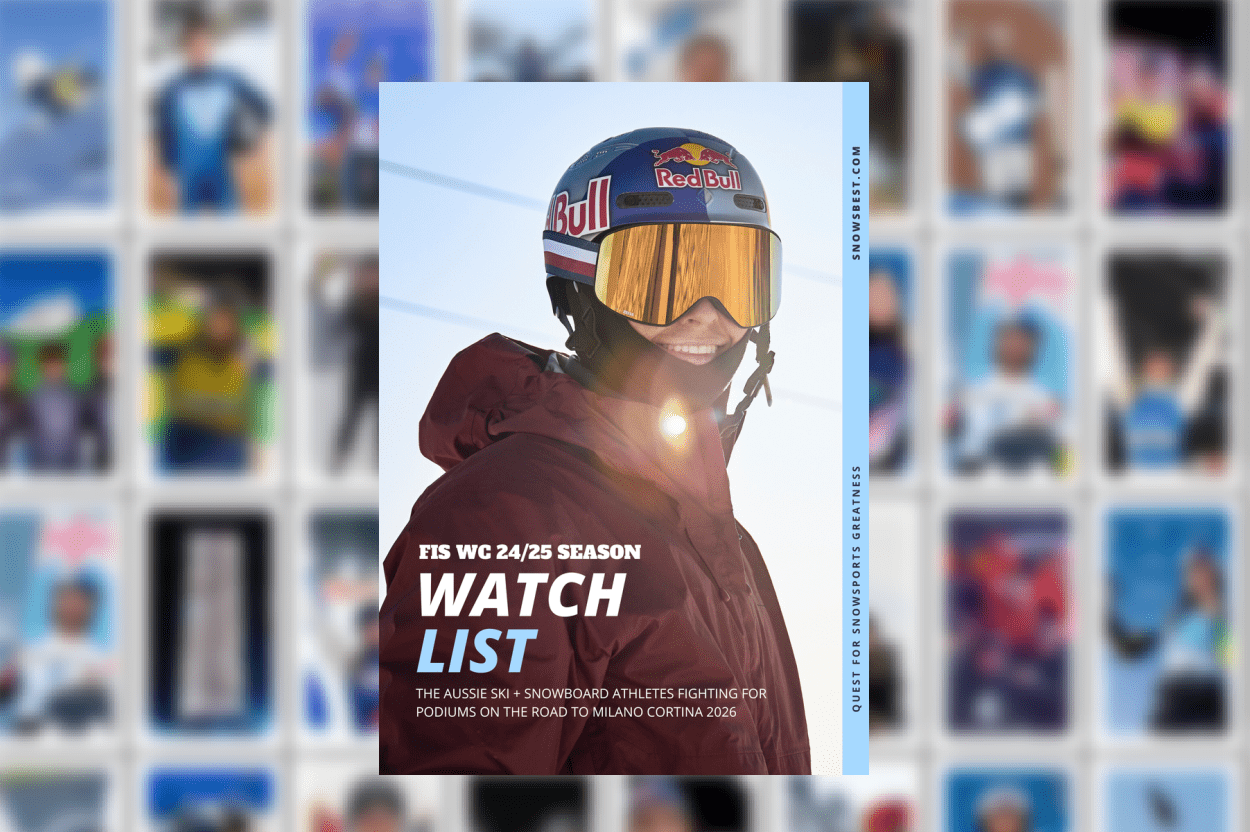Contributor, Alex Parsons, reveals her snowmance with Nozawa Onsen, her Shinto home.
I first visited Nozawa Onsen in Japan in February 2013 with my father and sister. It was seriously one of the best trips of my life, full of sushi and snow monkeys and bullet train shinkansens. We stayed in a tiny ryokan, a family owned lodge, with Japanese style breakfasts each day that included tofu, rice and seaweed. I was totally hooked.
I quit my job, my lease and relationship and booked a flight to Japan the very next season. Destination, Narnia, aka Nozawa.
Tucked into a mountain side, Nozawa Onsen is a fabled little feudal town full of winding cobbled streets, with family-run restaurants and quaint wooden bars hidden around each corner. Now mainly a farming town, it is said that Nozawa was first discovered by a Buddhist monk in 724 AD.
This picture perfect village now boasts over 40 private and public onsens and is filled with steaming channels of water that add a mystical quality to the town. Locals boil eggs and nozawana (locally grown leaf vegetable) in the dedicated public Ogama hot spring. There are temples and shrines covered with snow, and Shinto statues dotted about the forest if you know where to find them.
Then there’s the mountain itself, a snowy paradise with tree riding and wide open runs for carving and that one long 8km ski run with views across the Japan Alps. Be still, my heart.
I lasted three seasons (2014/15, 2018/19 and 2019/20) and still wish I’d had more. I’ve hiked the orange-flecked mountains in autumn, I’ve ridden bottomless powder in winter and then watched the cherry blossoms bloom in spring. It is a beautiful place to spend time in.
My digs were a tiny, tatami mat apartment where each morning I would pack up my toiletries and walk to my local onsen for a bath – even if it meant walking through 100cm of snow that had fallen the night before.
It’s the place I really fell in love with snowboarding and where I had my first backcountry tour which led me on my path as a backcountry guide in Australia’s ski season.
Nozawa is a place that stays with you long after you’ve left. It fills your daydreams with its powder snow, its quaint village vibes and friendly locals, its natural hot springs and old world charm.
It will call you back, just like it did to me.
The mountain

Mount Kenashi rises up to 1964 metres with a highest lifted elevation of 1650m with big, wide open runs for long turns as well as tricky little tree sections. There’s over 50 kilometres of marked trails and almost 300 hectares of skiable terrain. The mountain caters well to beginners but also has an abundance of deep and steep runs (Schneider, Utopia-A, Ushikubi, Kurokura) plus backcountry to be discovered with a guide.
In 2020 a new gondola was built to get skiers and boards to the top faster but there’s still plenty of old world charm, like the secret Shinyu chairlift that crawls along through the pine trees, or the on-mountain restaurants with Austrian decor.
Why Austrian? Nozawa is considered “the birthplace of Japan alpine skiing” when a young Austrian arrived at the village and taught the locals how to stem Christie back in 1912.
Cafes, bars and restaurants
There’s over 100 restaurants and bars in this tiny village come winter ski season.
Good news is everything is within walking distance – meandering through the snowy streets, with the lights of bars enticing you in, is great fun. For dinner, I frequented Billiken due to their resident cats, and enjoyed the cheap savoury pancakes at Akibitei Okonomiyaki.
Stay bar is an underground rock bar that I’ve spent far too much time in, although NEO bar probably takes out the prize for coolest bar with snowboards on the wall, good music and cocktails. The next morning, it’s best to head to Craft Room below the gondola for the town’s best Australian style coffee.
The infamous fire festival
Perhaps Nozawa is best known for the Dosojin Fire Festival, a centuries old festival that goes for three days and involves all the 42 year old and 25 year old men in the village. The main event is on January 15 when busloads of tourists arrive to take in the mayhem.
Expect a huge wooden three story effigy on fire and the locals battling each other with blazing sticks. The festival is designed to bring about a good harvest, health and fortune for the year. It’s a wild night with plenty of sake involved for both participants and spectators.
This article was featured in our FREE 70 page e-mag The Northern Issue for skiers and snowboarders ↓









































